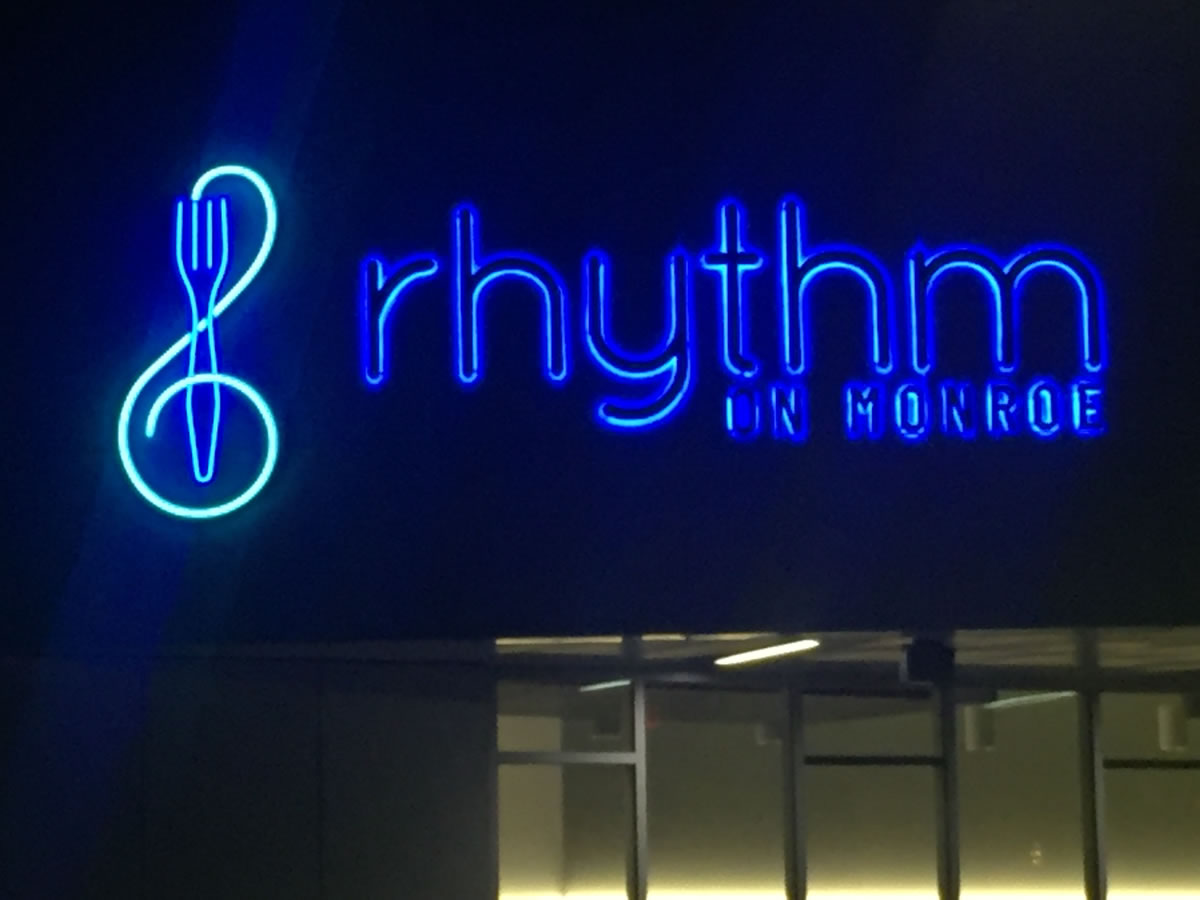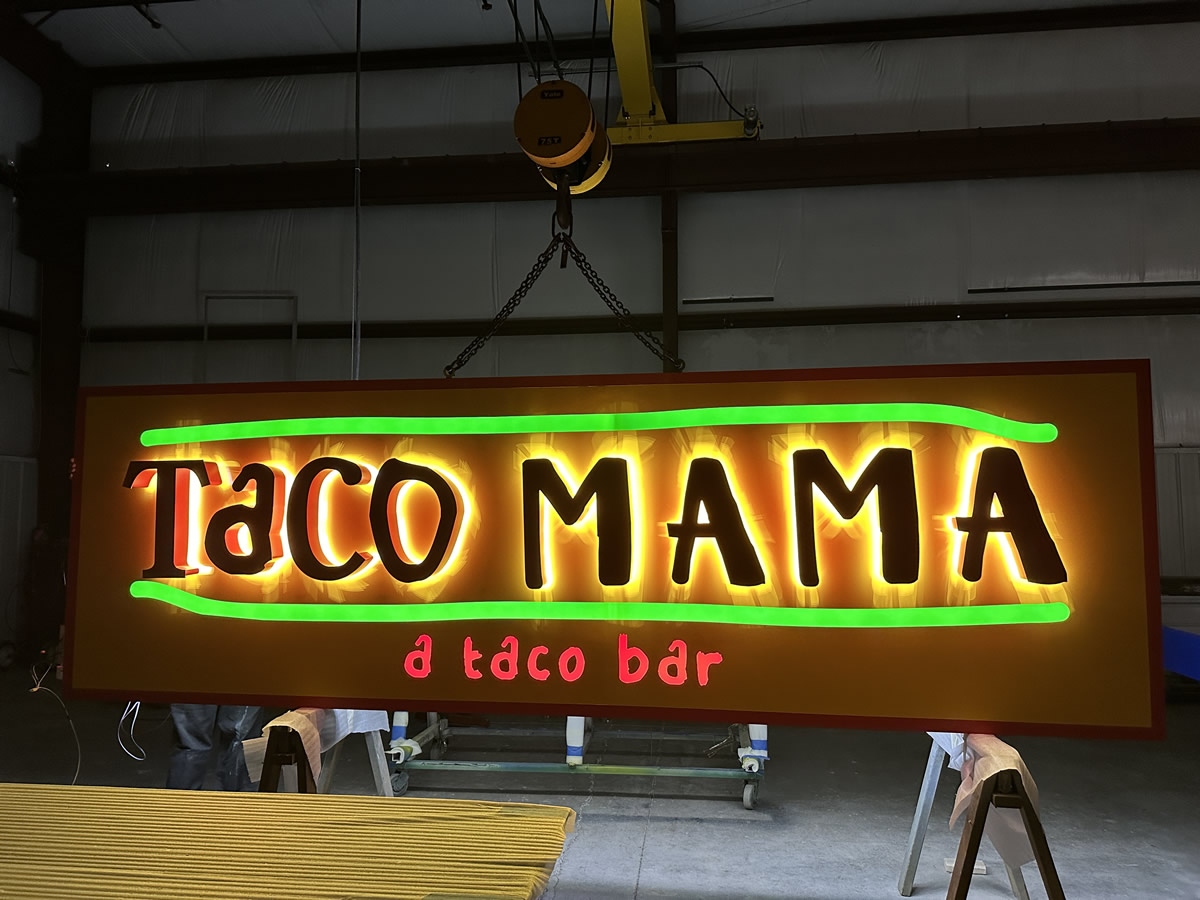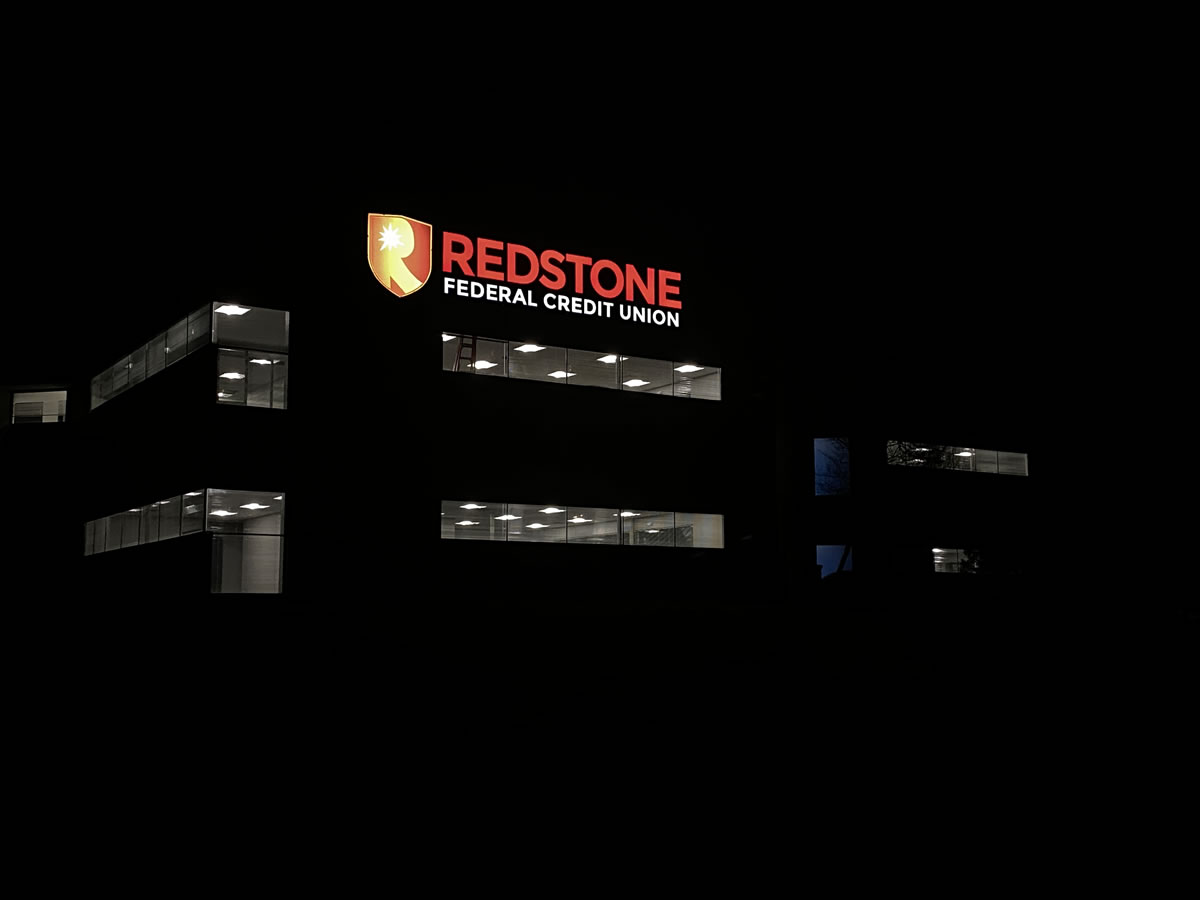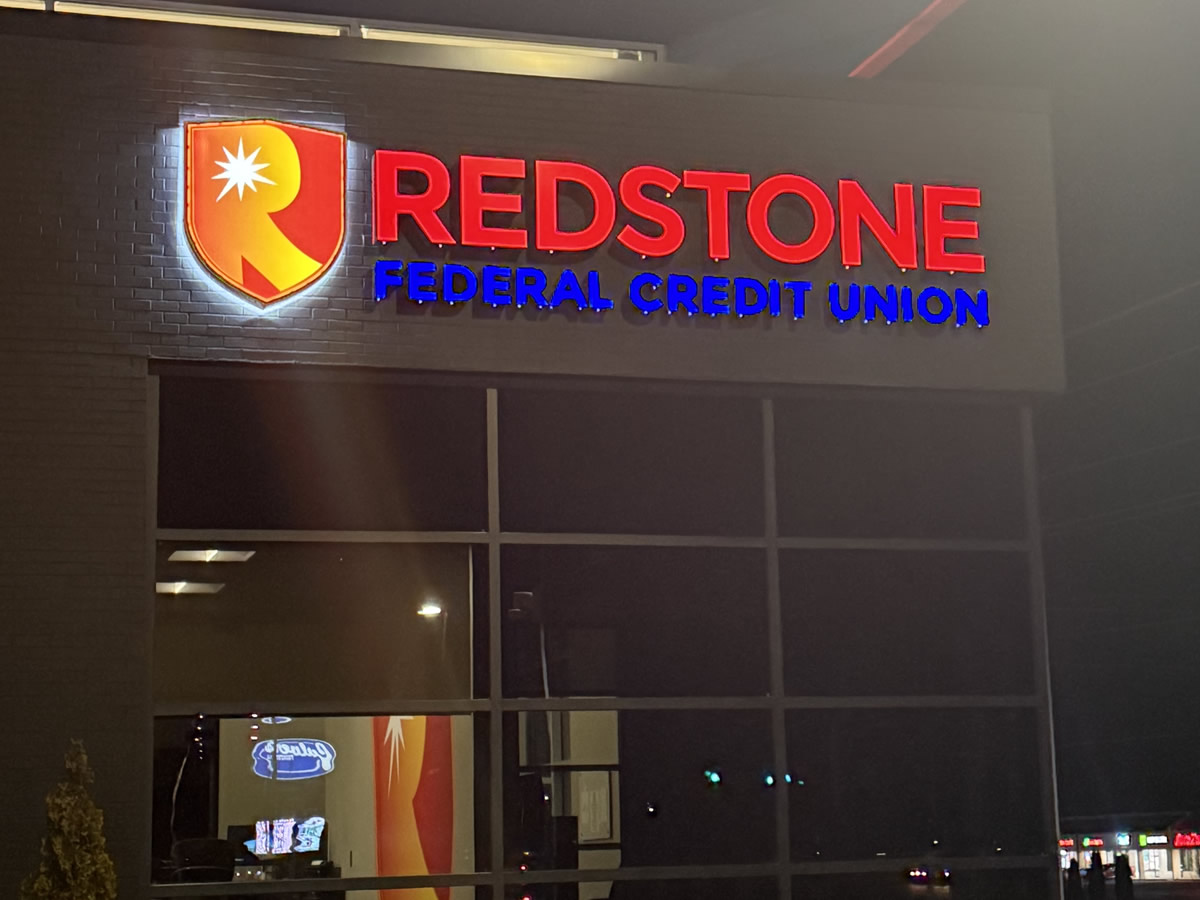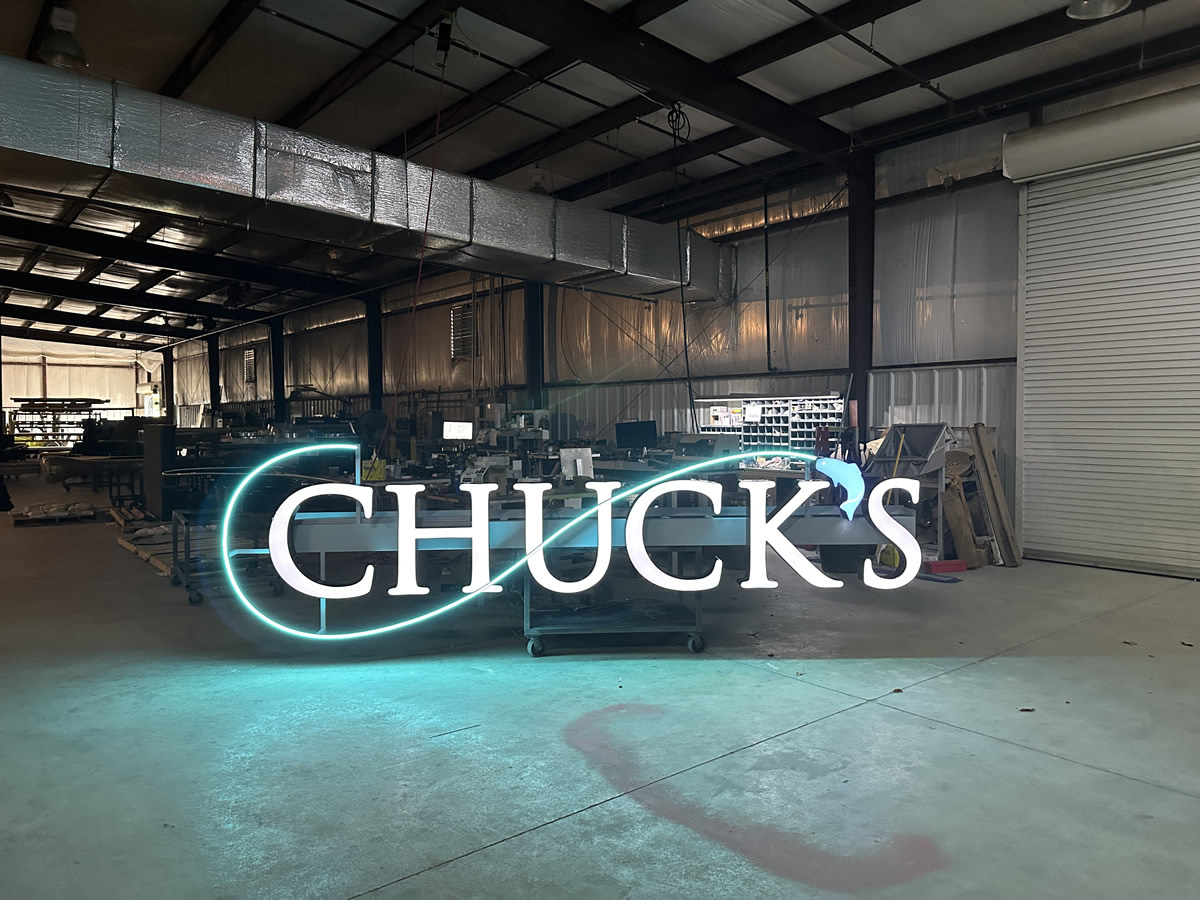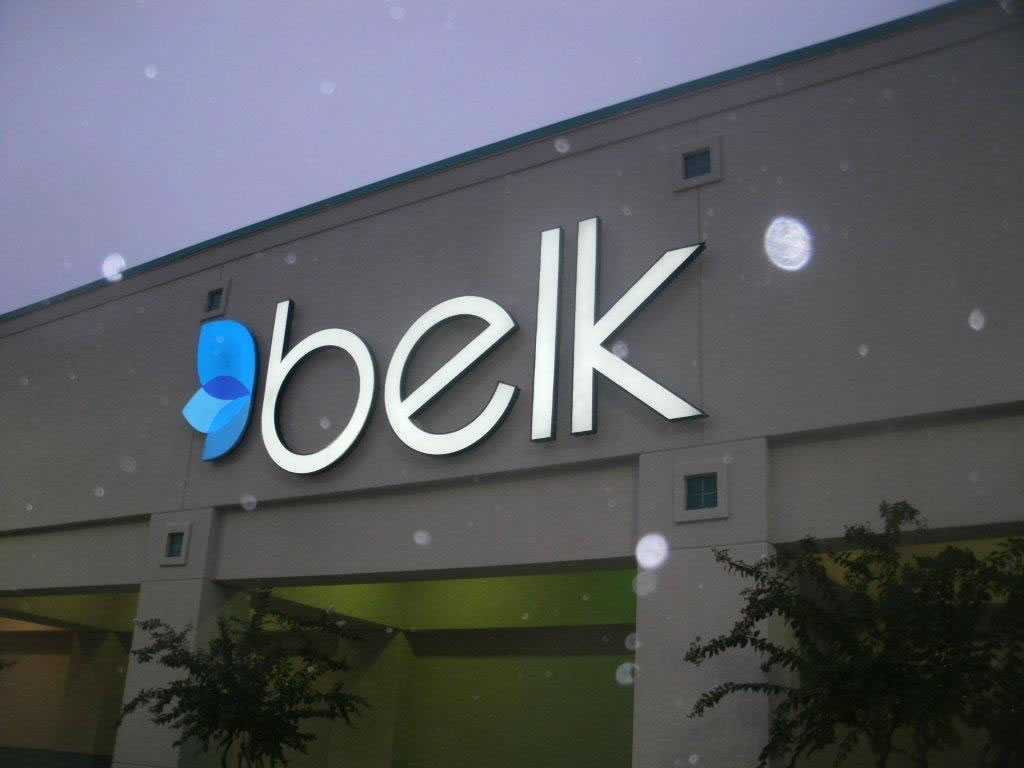LED Signs
What are LEDs and how do they work?
LED stands for light emitting diode. LED lighting products produce light up to 90% more efficiently than incandescent light bulbs. How do they work? An electrical current passes through a microchip, which illuminates the tiny light sources we call LEDs, and the result is visible light. To prevent performance issues, the heat LEDs produce is absorbed into a heat sink.
Trav-Ad Signs has been using LEDs in all the illuminated signs designed and produced at our facility in Huntsville, Alabama, for years, including signs often known as:
- LED Boards
- Digital Menu Boards
- Marquees
- Electric Signs
- Outdoor Digital Signs
- Indoor Digital Signs
- Electronic Billboards
Trav-Ad incorporates LED lighting into many different types of custom signage we design, produce and install, including:
- LEDs for Exterior Building Signs
- LEDs for Exterior Ground Signs / Monument Signs
- LEDs for Pylon Signs
- LEDs for Electronic Message Centers (EMCs)
- LEDs for Channel Letter Signs
- LEDs for Parking Lot Lighting
- LEDs for Interior Signs
- LEDs for Educational Signs
- LEDs for ADA Signs
- LEDs for Houses of Worship Signs
We also complete hundreds of retrofits every year to help old signs take on a new light. Whether we're working with our clients to create custom LED signs, or to retrofit existing illuminated signage, we are confident the savings they realize is significant, and far outweighs the initial cost to install them. In addition, because all LEDs are laid out via computer, lighting effectiveness is maximized, and our LED signage helps our customers stand above all the rest. The useful life of LED lighting products is defined differently than that of other light sources, such as incandescent or compact fluorescent lighting (CFL). LEDs typically do not "burn out" or fail. Instead, they experience "lumen depreciation" - the brightness of the LED dims slowly over time, unlike incandescent bulbs.
LED Strip Light for Signage Lighting
If your company has a physical office or storefront, chances are you've at least considered commercial signage at some point. If you already have a sign, chances are equally high that you've dealt with increased maintenance and energy costs as well as burnt out bulbs and tubes. As many business owners are discovering, these issues are now being addressed thanks to the versatility of LED signage lighting.
Because of their tiny size, LED chips can be aligned and configured in a variety of ways to illuminate infinite shapes of indoor signage and outdoor signage - they are perfect for this sort of installation, providing brilliant, energy-efficient illumination that will last for several maintenance-free years. LED strip lights are thin, flexible, and come with adhesive backing, meaning they can be bent to follow various curves and angles such as those found in channel lighting. With optional IP weatherproofing, LED strip lights are also resistant to water and dust.
It's important to note that, unlike other lighting technologies, LEDs produce direct, precise illumination, which is a big reason they're used in televisions and smartphones, and why LEDs are a perfect backlighting source for letters, and company logos, in channel letters and box sign applications as well.
Additionally, improved technology means that the initial cost of LED lights has been dramatically reduced over the past few years, removing what has been the main barrier for many business owners.
There are several advantages to using LED lighting for commercial signage, rather than fluorescent lights, or neon tubes: energy efficiency, durability, safety, and overall light quality. Let's start by addressing energy efficiency, as it directly affects your company's bottom line.
Energy Efficiency
High-quality LED signs, and fluorescent signage products, are capable of producing in excess of 100 lumens per watt, meaning they will produce a great deal of light while using very little power. This translates to much lower monthly energy bills, even if your sign is on for 18 hours a day (LEDs can really cut costs when we consider durability and replacement costs, but more on that in a minute.) Neon lights, in comparison, typically produce between 10 and 60 lumens per watt, meaning they require much more power to generate the same amount of light.
Durability
In this case, we should look at durability in two separate ways: how long the product will last, and the typical maintenance costs during its lifetime. Premium LED lighting products are typically rated to last up to 50,000 hours. Assuming 8 hours of use per day, this means your storefront LED lighting will last more than 17 years. There are no glass parts to break, and no tubes that burn out and need replacing. It's also very likely that you will incur no service or maintenance costs during the lifetime of your LED sign.
Contrast this with fluorescent and neon lights, which contain sensitive glass parts that are subject to breakage. Most fluorescent lighting products last from 10,000-20,000 hours before replacement is necessary; further, they may not function properly in high humidity or extreme temperatures (below 10 degrees Fahrenheit or above 120 degrees Fahrenheit). Neon lights consist of fragile glass tubes that are filled with low-pressure neon gas. These tubes are susceptible to cracking, and once damaged, must be replaced. Easily breakable glass tubes and a collection of smaller parts mean increased maintenance costs, and the neon gas will eventually run out and need refilling. For these reasons, neon lighting is the least durable for commercial signage applications.
Because of the benefits that include energy efficiency, durability, safety, and enhanced overall light quality, Trav-Ad Signs believes the value of LED signage to be far superior, more efficient, less expensive to operate, and easier to work with than other conventional lighting methods.
Please contact one of our sales representatives today regarding your next illuminated sign project (new or retrofit), and we'll further explain the many reasons to use LED lighting.
